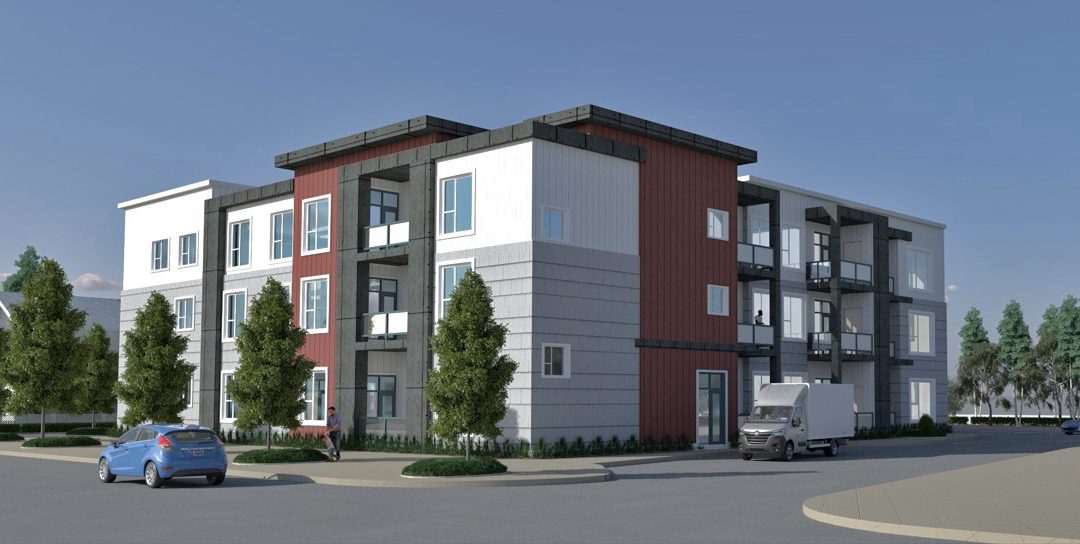As architects, we pour our time, creativity, and experience into designing buildings that not only serve our clients but also contribute meaningfully to the communities they inhabit. We are trained to think beyond the immediate needs—toward enduring architecture that enhances the built environment. And yet, despite our best intentions, some projects are met with resistance.
In today’s world, it seems there are always two sides to every issue—and architecture is no exception. Community board decisions can be influenced by politics, emotion, misinformation, or simple resistance to change. As professionals, we accept the process, but it’s never easy to watch a well-conceived project be turned down—especially when we know in our gut that it would have been an asset to the neighborhood and the surrounding areas.
In New Jersey, where land is scarce and development is complex, this challenge is particularly acute.
One recent example, illustrated in the rendering below, of a multi-family housing project designed by The Ives Architecture Studio that was ultimately not approved. After decades in practice, I still find myself struggling to understand the rationale behind some of these decisions.
It’s not just residential projects that result in bizarre reactions at public meetings. I designed an expansion for a local fire station to accommodate larger fire engines—vehicles that could save lives, even the lives of those coming out against the project. Yet a long line of neighbors came out to object. Fortunately, it was finally approved and constructed.
In another zoning case, we proposed a supermarket to replace a lumber yard but, that sparked heated opposition at public meetings. Today, that same supermarket operates without issue, serving the very people who once opposed it.
We once designed a Bison-Elk Facility at a local zoo. Community objectors claimed that our project would result in a stampede of raging buffalo charging down their streets. Of course, looking at the project decades later, that never happened, since these animals are peaceful and mostly graze quietly in an open field surrounded by secure barriers.
As architects, we may live in a world of design logic and long-term vision, we design projects to meet our client’s goals, but we also understand that communities must come to terms with change at their own pace. While most projects by The Ives Architecture Studio are approved, the ones that aren’t tend to stay with us. They exist now only as digital files—ideas that might have made a positive difference.
We welcome the difficult projects. We understand the complexities, the politics, and the emotional stakes. And we remain committed to creating architecture that serves both our clients and the greater good.

